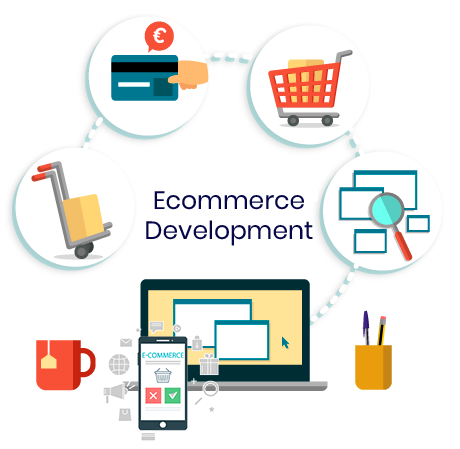Understanding Software as a Service (SaaS)

Software as a Service, commonly known as SaaS, is a software distribution model where applications are hosted by a service provider and made available to customers over the internet. Instead of purchasing and installing software on individual computers, users can access SaaS applications through a web browser, making it a convenient and flexible option for both individuals and businesses. This model has grown rapidly, becoming a dominant force in the software industry.
Key Characteristics of SaaS
SaaS is characterized by several key features that differentiate it from traditional software models. One of the most notable is its accessibility; users can access the software from any device with an internet connection. Additionally, SaaS typically operates on a subscription basis, where users pay a recurring fee to use the software. This model often includes automatic updates and maintenance, reducing the need for users to manage the software themselves. SaaS providers handle security, performance, and other technical aspects, allowing users to focus on utilizing the software for their needs.
Benefits of SaaS
The SaaS model offers numerous benefits, making it an attractive option for many users. Firstly, it reduces upfront costs, as there is no need to purchase expensive software licenses or hardware. The subscription model spreads costs over time, making it more manageable. Secondly, SaaS provides scalability; businesses can easily adjust their subscription levels based on their needs, adding or removing users as required. This flexibility supports business growth and adaptability. Additionally, SaaS ensures that users always have access to the latest features and security updates, enhancing productivity and safety.
Examples of SaaS Applications
SaaS encompasses a wide range of applications across various industries. Popular examples include customer relationship management (CRM) systems like Salesforce, which help businesses manage interactions with customers. Google Workspace (formerly G Suite) offers cloud-based productivity tools such as Gmail, Docs, and Drive. For communication and collaboration, platforms like Slack and Microsoft Teams have become essential. Other examples include accounting software like QuickBooks Online and e-commerce platforms like Shopify. These applications demonstrate the versatility and wide-reaching impact of SaaS in the modern business landscape.
How SaaS Differs from Traditional Software
SaaS fundamentally differs from traditional on-premises software in several ways. Traditional software requires purchasing a license and installing the software on individual computers or servers, often involving significant upfront investment and ongoing maintenance. In contrast, SaaS is hosted in the cloud, eliminating the need for installation and reducing IT overhead. Updates and maintenance are handled by the service provider, ensuring that users always have access to the latest version. This model allows for greater flexibility and accessibility, as users can access the software from anywhere with an internet connection.
Security and Compliance in SaaS
Security and compliance are critical considerations for SaaS providers and users. SaaS providers invest heavily in security measures to protect user data, including encryption, multi-factor authentication, and regular security audits. Compliance with industry standards and regulations, such as GDPR and HIPAA, is also essential. Users should evaluate SaaS providers based on their security practices and compliance certifications to ensure that their data is protected. Trustworthy providers will offer transparency and robust security features to safeguard sensitive information.
Challenges and Considerations
While SaaS offers many advantages, there are also challenges to consider. Dependence on internet connectivity is a primary concern; without a reliable internet connection, users may experience disruptions in service. Data security and privacy are also significant considerations, as users must trust the provider to protect their information. Additionally, the subscription model can lead to higher long-term costs compared to a one-time purchase of traditional software. Businesses must weigh these factors when deciding whether SaaS is the right solution for their needs.
Future Trends in SaaS
The future of SaaS looks promising, with continued growth and innovation on the horizon. Emerging technologies such as artificial intelligence (AI) and machine learning are being integrated into SaaS applications, offering advanced features and improved user experiences. The rise of low-code and no-code platforms is making it easier for users to create custom applications without extensive programming knowledge. Furthermore, the increasing adoption of remote work is driving demand for cloud-based solutions, solidifying SaaS’s role in the modern workplace. As technology evolves, SaaS will likely continue to adapt and expand, offering new opportunities and benefits to users.






